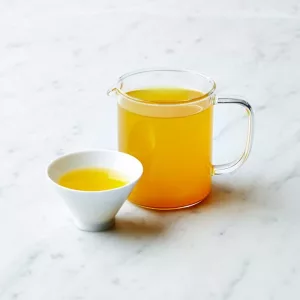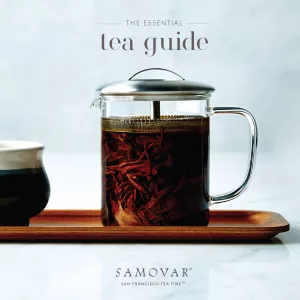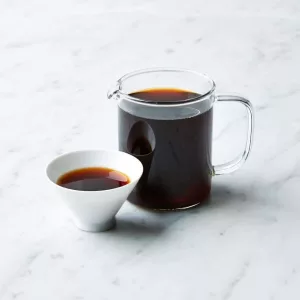
Out on the hardpan of Arizona’s Sonoran desert, huddled together in the blackness of a low, stick-framed structure covered with heavy tarps, a dozen people form a tight, ceremonial circle, seated around a stack of orange-hot stones.
The blazing rocks warm the otherwise pitch-black space, uniting heat and darkness in a mystical bid to blot out both time and space. With the clank of a metal ladle slowly drawing water from a bucket, heads bow, throats clear, and the heartbeat-throb of a drum begins.
Under the intonations of a Lakota prayer, water from the dipper splashes and sizzles the hot stones, steam rises, and an ancient song lights up the space as well as the people.
For the better part of five years, I’ve lead Lakota Inipi or Sweatlodge Ceremonies in the American Southwest. The Medicine Man who taught me, known in Lakota as Wicasa Itankan Tatanka Weitgo and in English as Chief Phil, was fond of telling potential students, “If you were to study the Inipi, it would take you your lifetime.”
The word Inipi itself became one of my earliest teachings. “In”, I learned, is a prefix meaning “by or with”, while “Ni” means “the energy of life” similar to the Chinese word Qi. “Pi”, from the well-known Lakota word Tipi, means “To abide or dwell.” This short, three-syllable Lakota word Inipi then embodied the rather extraordinary concept of a “Ceremony or ritual by which one dwells in the energy of life.”

Taking part in Ceremony with Chief Phil taught me that “Dwelling in the energy of life” was a colorful way of saying, “Be present.” Now living amongst the concrete and metal canyons of San Francisco, I haven’t lost my taste for purified peace of mind.
I think that’s why Samovar has appealed to me so much during my three years living in the Bay area. There’s a quality to the quietude and connection of slowly sipping tea at Samovar that eludes me in the din of an uber hip Mission coffee house thronged with texting, twittering, blogging and posting patrons.
The more I acquaint myself with the tea lifestyle and traditional Tea Ceremony, the more I recognize its similarities to the Inipi. Both rituals arrange elements of nature – water, fire, and herbs – in a scared way, in the hope of fostering a feeling of renewal and mental clarity.
And both seemed designed to bring one’s attention to the present moment. Whether performed on an austere desert plain or in a quiet tea house over a steaming cup of Mu Za Tie Kuan Tin, Ceremony offers a clear entryway onto the mental highway of the here and now.
Experience has shown me that thoughts of science and technologies negating the need for ritual should be rethought. For me, they reaffirm rituals value. Blackberries and iPhones bring convenience and entertain, but they can also leave us feeling distracted and over-stimulated. That’s when the ritual of a slow cup of tea or a sweet can reawaken us and infuse the mundane actions of daily life with vitality and refreshed energy.
Tea played this role as a transformative ceremonial conduit long before the gateless gate opened wide at Samovar Hayes Valley. Taoists viewed tea as an important ingredient in the elixir of immortality while Buddhists sip it to cultivate alertness during long hours of meditation. The elaborate Zen ritual of monks gathering to drink tea out of a single bowl with the formality of a Holy sacrament developed into the fifteenth century Japanese Tea Ceremony.
Six hundred years later that same spirit can still be felt, not only in holy temples In Kyoto or Nara, but in teahouses like Samovar, quiet urban shrines dedicated to community calm and personal renewal.
Ritual need not be the sole preserve of black-robed Buddhist monks, just as the sweatlodge rite does not belong exclusively to full-blood Lakotas. We can all avail ourselves of their restorative powers. One regular attendee of our Arizona sweatlodge circle refers to our monthly sweats as “pressing the restart button”, and we all recognize he’s onto something.
In a fast-paced world where community bonds can feel threadbare, ritual holds the same promise and power it did thousands of years prior, assisting us in slowing down and relishing real energetic communion with one another.
Gesturing to the stones heated for hours in the Inipi’s sacred fire, Chief Phil would ask, “Is it just a hot rock? Or is it a knowledge bringer that can heal your life?” He’d pause, looking around at each of us, and end with, “It’s up to you to decide.” Is it just a warm cup of water and some dried leaves? Or can tea and Ceremony be means to lifting the surface of daily life to delve into the simplicity and serenity that underlie it?
As always, Samovar invites you to come, sip and consider.
~Paul from Samovarlife
Paul Tootalian has been a student of the Lakota spiritual path for almost ten years. His current teacher, Wicasa Intankan Waposta Gi, Chief Brown Hat, Sonny One Star, resides on the Rosebud Reservation in south central South Dakota.





